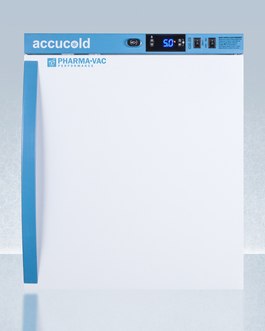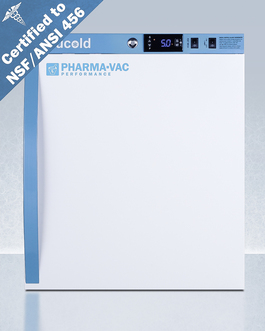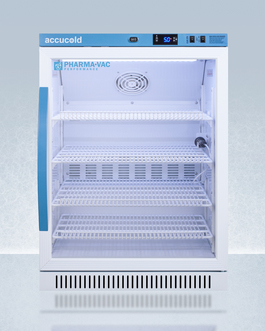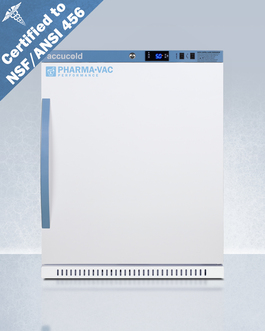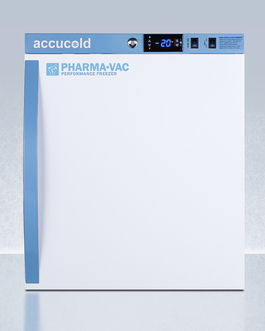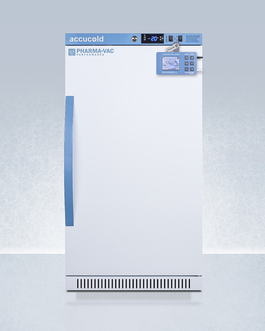A Study Comparing the Differences Between Dorm-Style & Medical Refrigerators:
When it comes to choosing refrigerators for medical purposes, many consumers opt for standard household or "dorm-style" units rather than upgrading to equipment specifically engineered for medical applications. To the uneducated eye, it is indeed very difficult to see any significant difference between these types of refrigerators. Although the most fundamental and obvious function of a refrigerator is to keep its contents cool, not every refrigerator can be used to store sensitive materials such as vaccines or biological samples. With this in mind, an experiment was conducted in our Accucold laboratory to prove that dormitory-style refrigerators should not be used for medical or scientific storage. This article offers a comprehensive reading about the effects of inefficient refrigeration and a short report on the experience.
Do We Really Need Specific Refrigerators For Vaccines?
According to the Centers for Disease Control and Prevention (CDC), refrigerated vaccines should be stored at temperatures between 2℃ and 8℃ (36℉ and 46℉) while vaccines stored in the freezer should maintain temperatures between -50℃ and -15℃ (-58℉ and 5℉). When the storage temperature goes outside these ranges, vaccines can lose their potency, rendering them useless. Facilities that log refrigerator temperature will have to dispose of these damaged vaccines; facilities that aren’t carefully monitoring refrigerator temperature may not even know their vaccines have been compromised.
In 2007, the CDC estimated that hundreds of thousands of doses of vaccines are thrown out each year due to improper refrigeration at clinics, hospitals, and doctors’ offices. Many sources have demonstrated that minor variances in temperature could effectively reduce or ruin the potency of vaccines, risking up to thousands of dollars in valuable contents. In addition, according to the director of Immunization Services at the CDC in Atlanta, it is estimated that $20 million is wasted annually from poor refrigeration and up to 35% of vaccines are affected by improper storage.
In order to avoid this, we need to have appropriate storage for vaccines where accurate and uniform temperature in a refrigerator is an integral factor in ensuring the viability of vaccines.
Dormitory-Style Refrigerators
In the Vaccine Storage & Handling Toolkit, the CDC strongly recommends against the use of dormitory-style or bar-style combined refrigerator/freezers for vaccine storage under any circumstances. As discussed in another article on this website, dormitory-style and bar-style refrigerators are not designed with an eye towards temperature stability. In studies conducted by the CDC, dormitory-style units experienced as high as 5℃ temperature fluctuations from the midpoints. This is because dorm-style combination refrigerator-freezer units have only one exterior door and an evaporator coil located in a freezer compartment where cold air is vented down into main compartment, causing unstable and inconsistent refrigerator temperatures.
In addition, dorm-style refrigerators in general do not have a temperature probe connected to a digital data logger. Because of this, many consumers opt to buy after-market products and install them on their own, typically by running the wire used for the temperature probe through the front door. Without proper sealing, warm air from outside the refrigerator flows in, further decreasing temperature stability. Furthermore, most probes purchased after-market are basic probes designed to just sit inside the refrigerator. Medical refrigerators, on the other hand, utilize glycol-filled bottles for their temperature probes to better reflect the actual temperature of the contents stored inside the unit, and not the actual unit itself. For further reading about the importance of glycol-encased probes, click here.
Another issue with using household refrigerators for medical purposes is that the very nature of a standard fridge may encourage staff to use it for personal storage. Medical refrigerators, in contrast, naturally dissuade that kind of use because their external appearance can intimidate employees from using them to keep their lunch fresh. Most medical refrigerators include locks that can be used to restrict access, but even stickers or decals that clearly categorize the equipment for its intended use can help to prevent mixed storage. Communal refrigerators can experience constant door openings, meaning more temperature fluctuation throughout the day. Since these units are rarely designed with strong temperature recovery in mind, this can do a lot of harm to sensitive materials stored inside.
How Is a Medical Refrigerator Better?
According to the Immunization Action Coalition, all vaccines should be stored in a refrigerator or freezer that is designed specifically for the storage of biologics or, alternatively, in a separate dedicated unit. Unlike dorm-style or bar-style refrigerators, medical refrigerators are stand-alone refrigerator or freezer units that are specifically designed for this purpose. Since they are not meant to hold food or personal refrigerated items, they generally experience fewer door openings over the course of a day.
Medical refrigerators are designed to have a very tight temperature range. At least one powerful fan is used to help circulate air inside and promote uniform temperature. Unlike most residential refrigerators, most medical units include wire shelves or perforated steel shelves to ensure better ventilation and air circulation than solid glass shelves. Other design elements, such as flat door liners or cold wall interiors, can also ensure medical refrigerators maintain a more stable temperature than household units designed with consumer convenience in mind.
Medical refrigerators often have a temperature control panel with a digital thermostat to adjust the temperature inside quickly and accurately. In addition, these refrigerators are equipped with alarms that go off when the temperature goes out of a preset temperature range. As recommended by the CDC, medical refrigerators are equipped with thermometers connected to glycol-encased probes via internal connections to prevent possible temperature leaks.
Experiment:
The purpose of this experiment is to show that medical refrigerators have a more uniform temperature profile than refrigerators manufactured for residential use. In this experiment, two units of a similar footprint were chosen to be tested: a SUMMIT CM406W and an Accucold FF511LBIVAC. SUMMIT CM406W is a compact, dormitory-style refrigerator with both freezer and fridge compartments while Accucold FF511LBIVAC is a medical grade all-refrigerator designed to store sensitive medical and pharmaceutical materials.
Additional Resources:
CDC COVID-19 Specimen Collection Guidelines
Portable Cold Storage Solutions For Vaccine Applications
How To Select a Medical Refrigerator
Safe Vaccine Handling
Protection During Power Outages
Options For Temperature Monitoring
FAQs About Medical Refrigeration
Temperature Conversion Chart
Accucold Resources
Studies & Experiments:
Comparing Medical & Dorm-Style Refrigerators
Chart Recorders Vs. Data Loggers
The Importance of Glycol
The Case For Factory-Installed Probes
Accucold Refrigeration:
Performance Series Packages
Vaccine Series Refrigeration
Medical & Laboratory Refrigerators
Medical & Laboratory Freezers
Low Temperature Freezers
Interior Locking Compartments
Calibrating Your Accucold Equipment
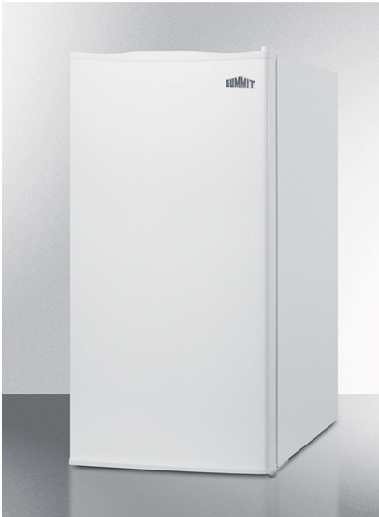
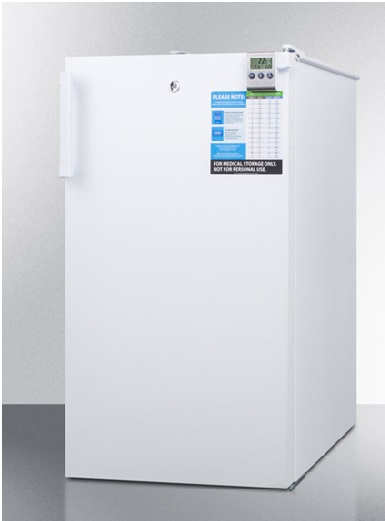
Figure 1: SUMMIT CM406W (left) & Accucold FF511LBIVAC
Because this experiment involves medical products, glycol-encased probes were used to accurately reflect the temperature of medical materials inside the refrigerators. The probes were connected to digital data loggers on top (Figure 2).
For SUMMIT CM406W, different probes were set up at six different locations of the refrigerator to measure the temperature inside this compact refrigerator. Two probes were set up in the freezer compartment while the rest of the probes were placed in the fresh food compartment (Figure 3). The freezer was loaded with two water bottles and the fridge compartment was loaded with two gel packs.
For Accucold FF511LBIVAC, only four probes were needed as it does not have the freezer compartment (Figure 4). Two gel packs were also loaded for this unit.
Due to a large number of probes being used for testing, the doors were carefully sealed to mitigate the effects of ambient temperature.

Figure 2: Digital Data Loggers connected to probes inside SUMMIT CM406W
The thermostat of the SUMMIT CM406W was set at level four. At this temperature setting, the average temperature of the freezer compartment and the refrigerator compartments were 10℉ and 40℉ respectively. The thermostat setting of Accucold FF511LBIVAC was set at 3.3℃ or ≈38℉ which yielded an average temperature of 41℉.
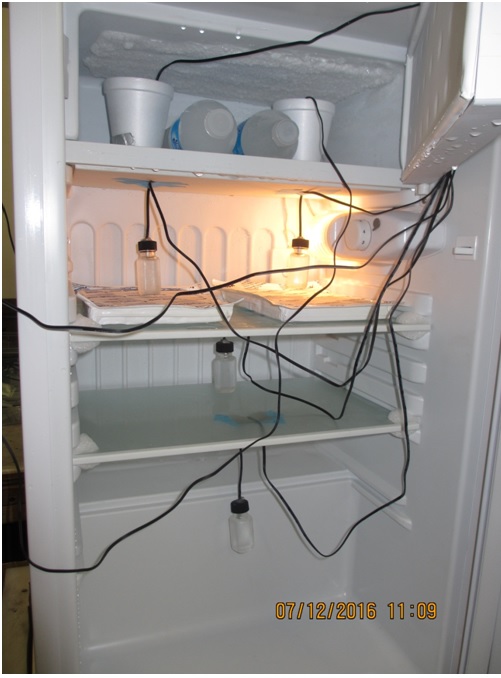
Figure 3: Setup inside SUMMIT CM406W
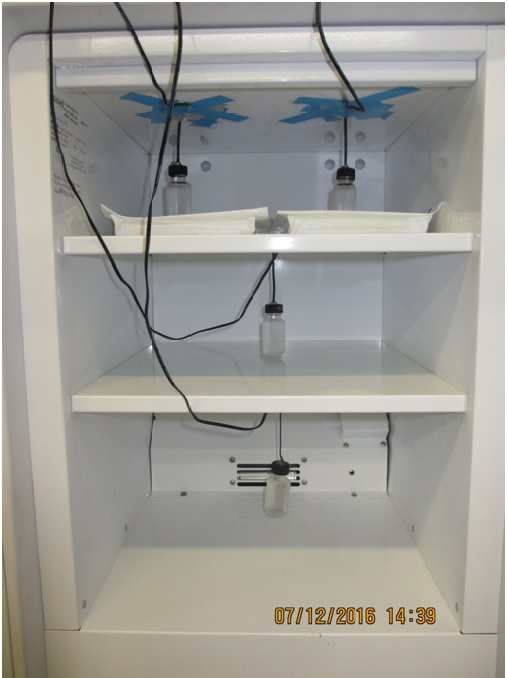
Figure 4: Setup inside Accucold FF511LBIVAC
Results:
The data collected is summarized in the charts below together with temperature graphs. Average, maximum, and minimum temperatures were calculated together with the standard deviation for each set of temperatures. Although the experiment had 10 runs, only one was chosen to be shown below as all the results are very consistent.
Standard deviation is the quantity used to measure the amount of variation of a set of data points. In this experiment, a low standard deviation indicates that the temperature measurements are stable and close to the average temperature while a high standard deviation indicates that the temperature measurements are spread out and fluctuate over a wider range of values.
a) Freezer Compartment of SUMMIT CM406W:
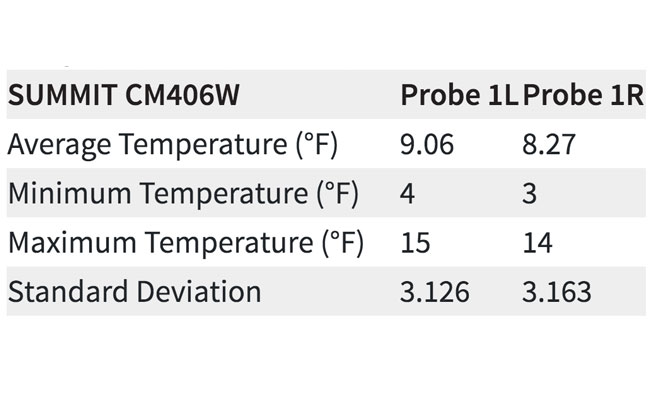

First, let’s look at the freezer compartment of the dorm-style refrigerator. The maximum and minimum temperatures recorded from probes in the freezer compartment were 15℉ & 4℉ and 14℉ & 3℉, both resulting in a wide temperature range of 11℉. In addition, the standard deviations from the two probes are also relatively high (3.126 & 3.163) which indicates high fluctuation of temperatures. This can be confirmed by looking at the graph. The red and blue lines representing temperature measurements of the two probes rise and fall over a very wide range 10 times throughout the 16-hour run.
b) Fridge Compartment of SUMMIT CM406W and Accucold FF511LBIVAC:
Listed below are the data charts and the graphs for both refrigerators:
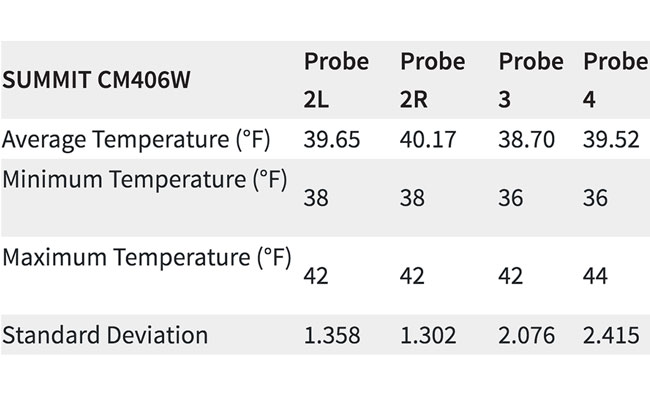
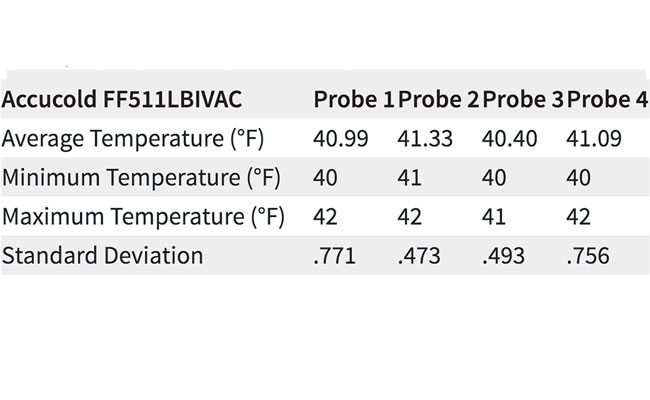
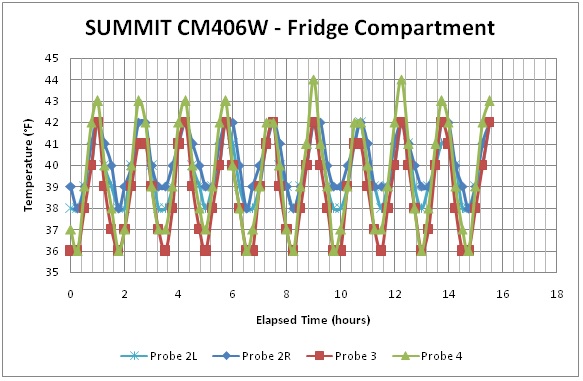

Probes 2L, 2R, 3, & 4 of the dorm-style refrigerator were placed at similar locations as probes 1, 2, 3, & 4 of the medical grade refrigerator (figures 3 & 4). Comparing all four locations correspondingly, it can be seen that the temperature ranges of SUMMIT CM406W dorm-style refrigerator, which are 4, 4, 6, & 8℉, are significantly greater than those of Accucold FF511LBIVAC, which are only 2, 1, 1, & 2℉. Standard deviations of SUMMIT CM406W dorm-style refrigerator’s probes are higher than those of Accucold FF511LBIVAC, indicating higher fluctuation in temperatures of the dorm-style refrigerator.
When the graphs representing the two refrigerators are placed side by side, the difference in performance of these two units becomes more obvious. While the temperature range of the Accucold medical refrigerator is very small (2℉), the SUMMIT dorm-style refrigerator has its temperatures spreading out over a much bigger range (8℉). The temperatures of dorm-style refrigerator SUMMIT CM406W are very unstable compared to the temperatures of medical grade Accucold FF511LBIVAC.
Conclusion
As can be seen from the experiment, neither compartment of compact, dorm-style refrigerator SUMMIT CM406W has the ability to keep the temperature as stable as medical refrigerator Accucold FF511LBIVAC. While the dorm-style refrigerator shows high fluctuation, the medical refrigerator shows great consistency and has the ability to keep the temperature in a much tighter temperature range than the dorm-style refrigerator (2℉ compared to 8℉ in this experiment).
Although the variation in temperature of the dorm-style refrigerator is acceptable for basic home storage purposes, it is not suitable for maintaining the conditions needed for more sensitive medical materials, such as vaccines. Especially with the freezer compartment, these units have been shown to pose a significant risk of freezing vaccines, even when used for temporary storage.
Dorm-style refrigerators are generally less expensive than medical refrigerators. However, the expenses that would accrue in disposing of and replacing vaccines are enormously higher, not to mention the risk you take of administering damaged vaccines to your patients. Recommended by the CDC and proved experimentally by Felix Storch, Inc., a dedicated refrigerator specifically designed for medical storage is the only viable option for maintaining the safety and potency of vaccines.
References
Centers for Disease Control and Prevention. "Vaccine Storage & Handling Toolkit." updated March 2021
Felix Storch, Inc. Understanding Medical & Laboratory Refrigeration." AccuCold by Summit Appliance. 5 July 2016
Haverkamp, Peter. "Making a Case for Medical Grade Refrigerators and Freezers." November 2010. Pharmacy Purchasing & Products. 18 July 2016
Welte, Melanie. "Vaccines Ruined by Poor Refrigeration." 12 April 2007. USA Today. 18 July 2016
